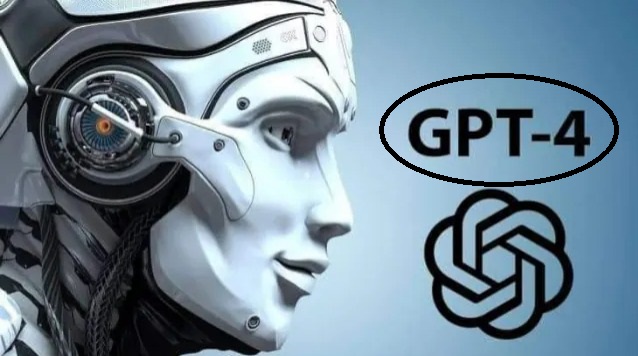GPT-4 is about to revolutionize office work.
The GPT-4 represents a future where many of the most tedious and drudgery parts of white-collar work are automated.
The last Slack news you wake up to is your boss wondering
about the latest Open AI update.
Wednesday morning one of my boyfriends was playing with the
latest tools and asked an AI bot to write a comment about the sinking of
Silicon Valley banks in the style of this imprint. "It looks like a very
good spoof," said my editor.
But like previous incarnations of the tool that took the tech
world by storm, Open AI's AI-generated slice of his GPT-4 had at least one
glaring flaw. It looks like the
The chanticleer team can breathe a sigh of relief for now.
Open AI released the latest version of its AI tool called
GPT-4 while Australia slept on Wednesday. The company says the GPT-4 is much
more accurate, passes a set of standardized academic tests, and can convert
meaningful text into images. In a demo of
GPT-4 (the fourth version of Open AI's so-called
"Generative Pre-trained Transformer"), the AI tool had his boxing
gloves hanging above a seesaw, with a rubber ball on top. image is displayed.
the other end. GPT-4 was asked, "What happens if the glove comes
off?" An imaging technology called DALL-E relies on "neural
networks" to analyze and process vast amounts of image and text data. Sam
Altman, founder of
Open AI, was timid about the product's launch, saying,
"It's still buggy, it's still limited, and it feels better the first time
you use it than it did over time." is impressive," he tweeted.
The company's GPT-4 tool is now available to Open AI premium
subscribers who pay $22 per month. The free version of the product has a
waiting list.
No more boring work?
GPT-4 represents a future where many of the most boring and
boring parts of an employee's life are automated.
Since the end of last year, company bosses have been
encouraging workers to try out the technology, asking out loud what generative
AI means for education, accounting, infrastructure, media, legal professionals
and more. I came. There are already many examples on
social media of people who have been "blown away" by using OpenAI's tools to quickly create clever Excel cell formulas and business case studies for college jobs. Software developers can use tools to spew standardized code and fix backend quirks quickly.
But if images and more interpretations are built into the
Open AI suite, as the company started with GPT-4, I imagine employees could
shave off the most time-consuming parts of their jobs. Maybe.
A professional services worker who spends hours creating
PowerPoint presentations for meetings asks the platform to create a slide deck
based on a pool of information. Programmers, designers, and architects can give
AI tools specific parameters that can be used to create websites and mockups in
seconds. The
AI is already automating small, simple day-to-day office
tasks. But a bigger leap seems to be coming.
Google made a competing announcement on Wednesday,
announcing that it would soon bring generative AI to workspace apps like Gmail and
Docs. This snazzy video shows a user writing notes and creating slides for a
colleague based on a lengthy email conversation.
Open AI and Google now ship products every few months and
are unfazed by the apparent errors in their results.
As both companies continue down this path, automating some
of the most time-consuming tasks, especially images, and building them into
office products, employees can get back what matters most.
